Pruning Mango Trees
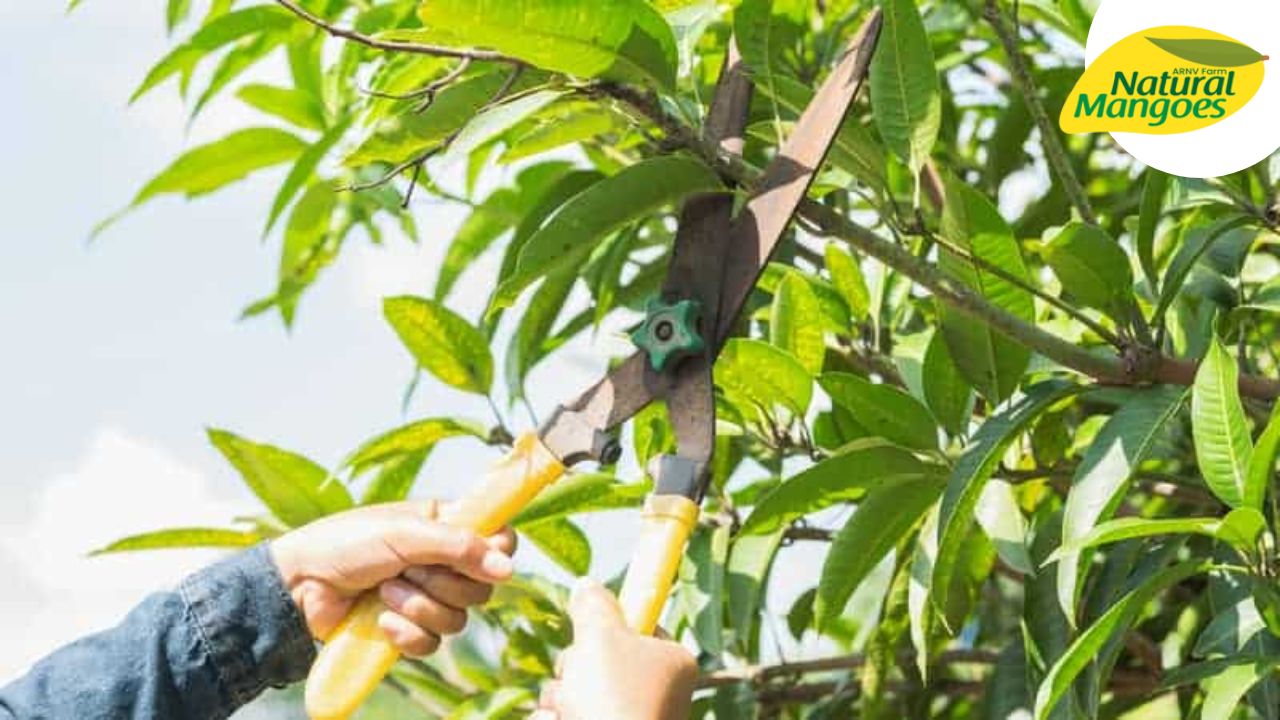
CANOPY MANAGEMENT IN MANGO TREES
Why and How to Prune Mango Trees
Pruning Mango Trees is one of the most important factors to sustain the yield and quality of mango fruits. Increase in production with enhanced fruit quality is achieved by managing canopies. Capturing and conversion of sunlight into the fruit biomass (dry matter content) is an important process in fruit production. In general, compact and small trees capture and convert sunlight into fruit production in a better way than the larger ones. The main controlling factors are the extent of incoming radiation and percentage radiation intercepted by tree canopies. It can be enhanced by proper canopy management practices.
Sun Light is critical for growth and development of mango trees and fruits. The green leaves harvest the sunlight to produce carbohydrates and sugars which are translocated to the sites where they are needed viz., buds, flowers and fruits. Better light penetration into the tree canopy improves tree growth, productivity, yield and fruit quality. The density and orientation of planting also impact the light penetration in an mango orchard. Generally, in close planting, quicker shading becomes a problem.
Mango trees normally respond to pruning by sending out a vegetative flush, usually the heavier the pruning the more vigorous and numerous the flushes. Mango trees are terminal bearers, i.e., they flower from the ends of the branches and will only flower on mature wood, i.e., shoots that are six weeks or older. Hence, pruning affects the flowering and yield. It is therefore most important to ensure that the trees do not have enough vegetative flushes with poor yield.
There are two periods when pruning can be taken up.
First pruning post harvest:
First pruning should be done immediately after harvest and should be completed by the end of June/July. It includes
- Skirting – Removal of low hanging branches is known as skirting. It facilitates the operations such as fertilizer application and controlling of weeds.
- Opening up– Removal of branches inside the tree which cross over or clutter up the Centre of the tree restricting the penetration of sprays. One or two uprightly growing branches from center of tree are to be removed to reduce tree height significantly and to increase the availability of light inside the canopy for better photosynthesis. During removal of branches, first cut should be given on the lower side of branch, so that a smooth cut is possible which avoids bark splitting. In bearing mango trees, not more than 25 per cent biomass should be removed at a time; otherwise, it results in excessive vegetative growth with reduced flowering shoots.
- Hygiene – It involves the removal of any diseased or dead branches in the tree, which could be a source of infection.
Second pruning pre harvest:
Pre flowering Second pruning may be taken up in the middle of December and, if the timing is right, it is to be followed by a floral flush rather than a vegetative flush. Second pruning should be completed in a short period not exceeding one to two weeks.
- Skirting – Low hanging branches which could cause fruit to drag on the ground are to be removed.
- Opening up – Twigs and disorderly branches inside the tree are to be removed to have an open canopy. This not only facilitates spray penetration for better insect and disease control but also allows light into the tree, improving fruit colour.
- Tip pruning – It is a useful practice where the trees have had a vegetative flush just prior to flowering. The young flushes are cut back to mature wood; the resulting flush may result into a floral one.
- Hygiene – It is essential to reduce the source of flower and fruit infection. Any diseased or dead branches should be removed before flowering.
How frequently does mango tree requires pruning?
Theoretically, It may not be necessary to prune trees every year. However, it depends on the Plantation methods we adopted in our farm.
- Ultra-High-Density Plantation – For Mango trees with spacing of 2 meters, pruning of trees should be performed every 1 ~ 2 years
- High Density Plantation – For Mango trees with spacing of 4 ~ 5 meters, pruning of trees should be performed every 2 ~ 3 years
- Regular Plantation – For Mango trees with spacing of 10 meters, pruning of trees should be performed every 3 ~ 5 years
Tools used for Pruning of Mango Trees:
-
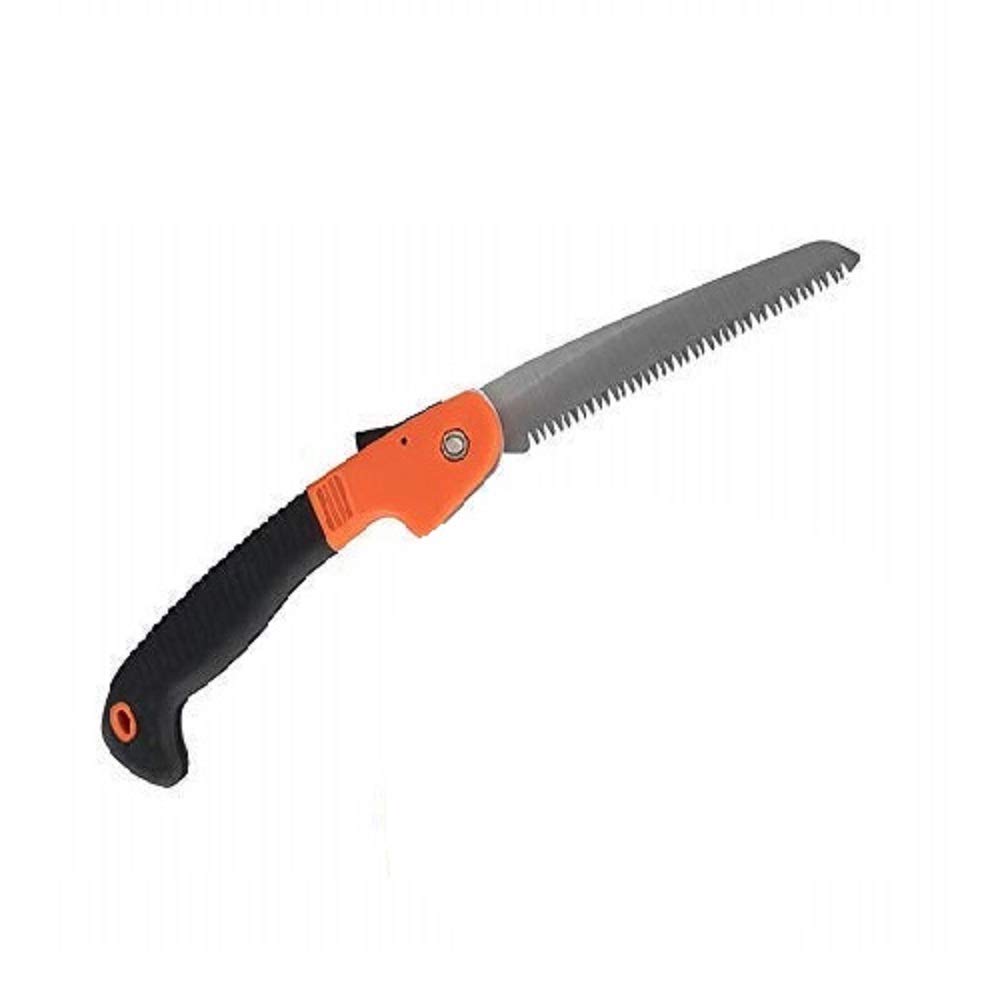
Mango Tree Pruning Tools -
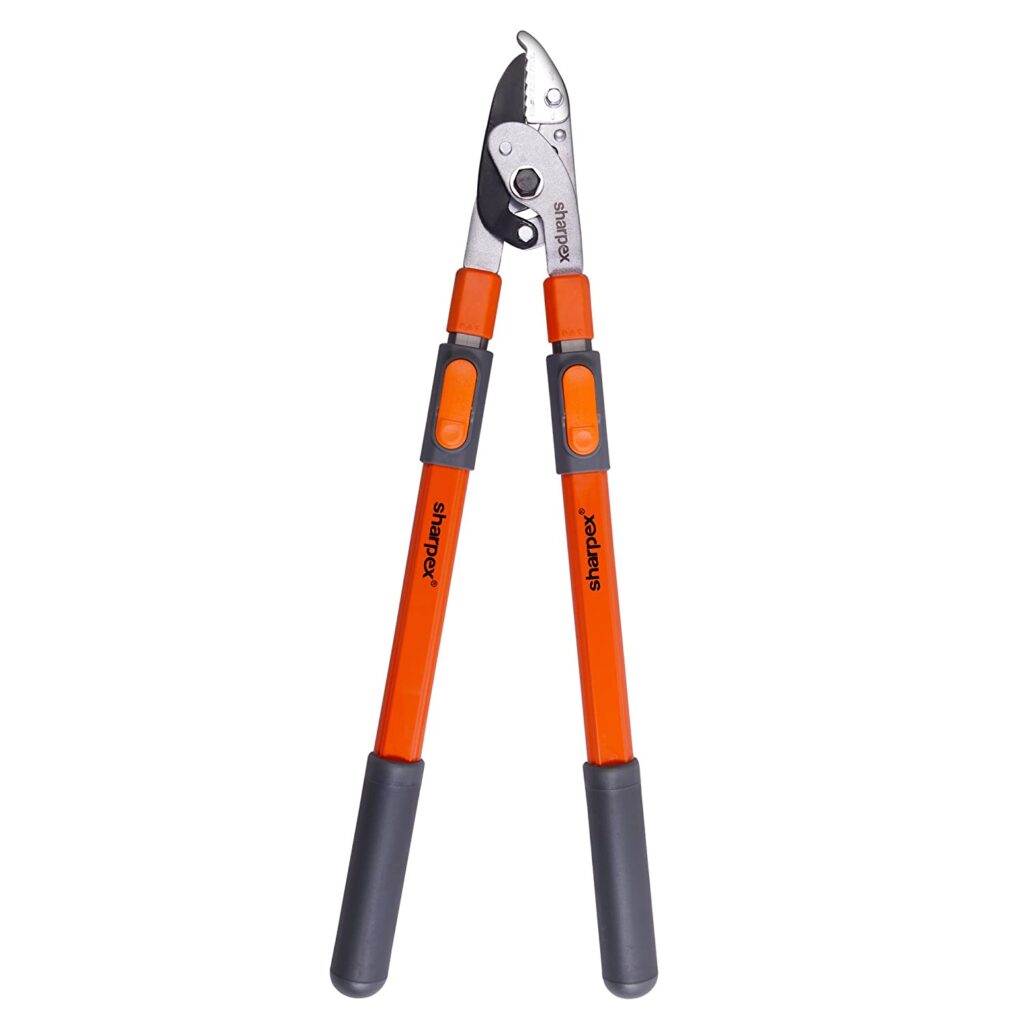
Mango Tree Pruning Tools -
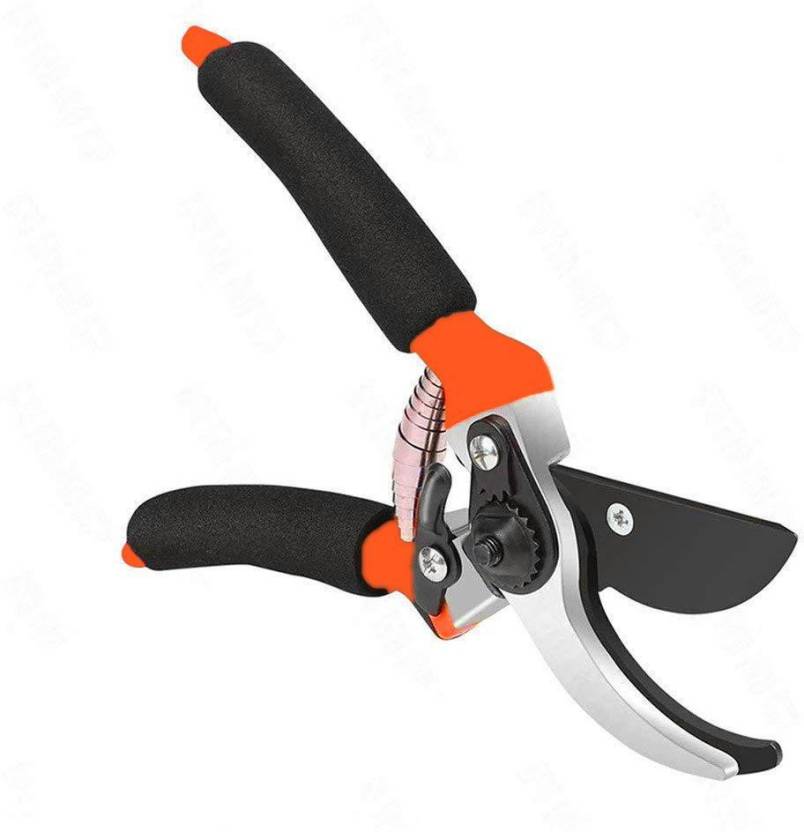
Mango Tree Pruning Tools
Mango Trees after Pruning:
-
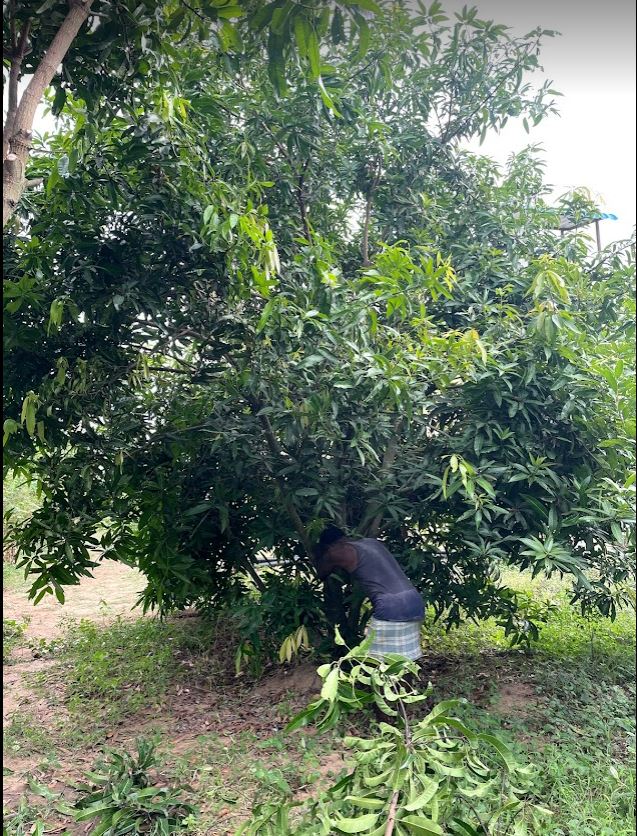
Mango Tree Before Pruning -
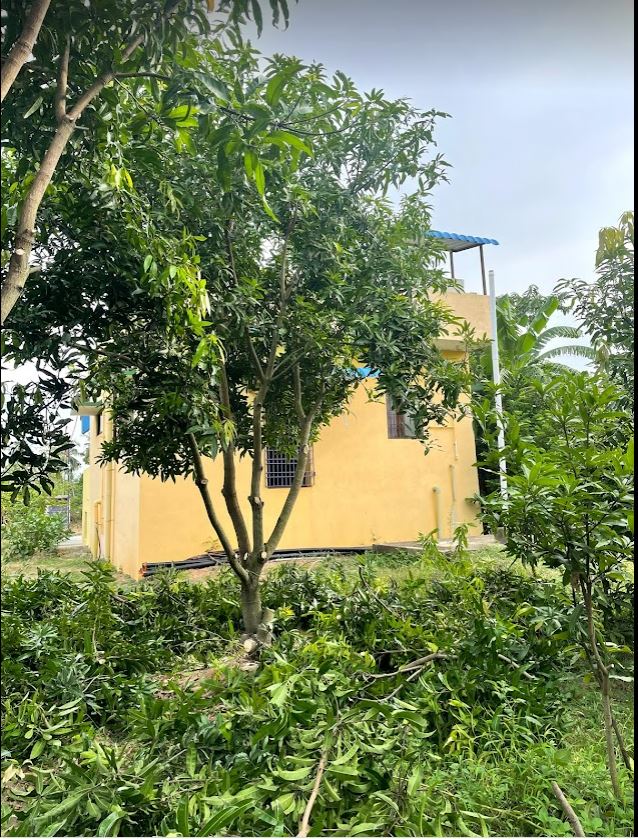
Mango Tree After Pruning
Post Pruning Process:
- Organic method – Apply Cow dung on the Stems where canopies are removed
- Chemical method – Apply COC (Copper Oxy Chloride) on the Stems where canopies are removed
In our Natural Mangoes, ARNV Farm:
In our Natural Mangoes Farm, we Planted mangoes trees using High Density plantation methodology and we perform pruning every 2 years once and strictly follow organic process during Pre and Post harvest.
For Organic Farm Fresh Mangoes, Please visit our website to place your order online. Mangoes will be delivered to your doorstep:
https://www.naturalmangoes.com
http://www.farmfreshmangoes.in
http://www.imampasandmangoes.com
http://www.imampasandmangoes.in
YouTube Link: https://www.youtube.com/watch?v=sQcBYp0d_rk


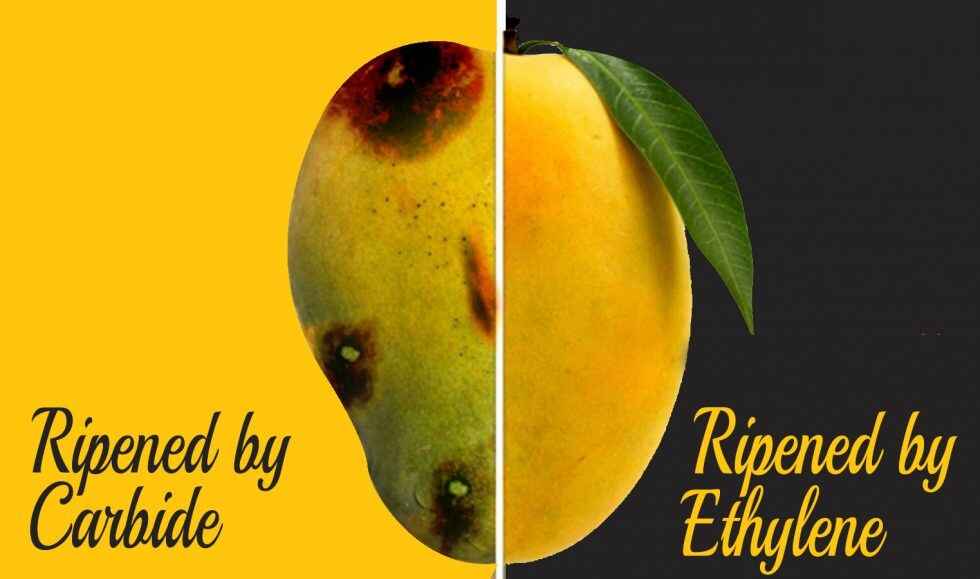
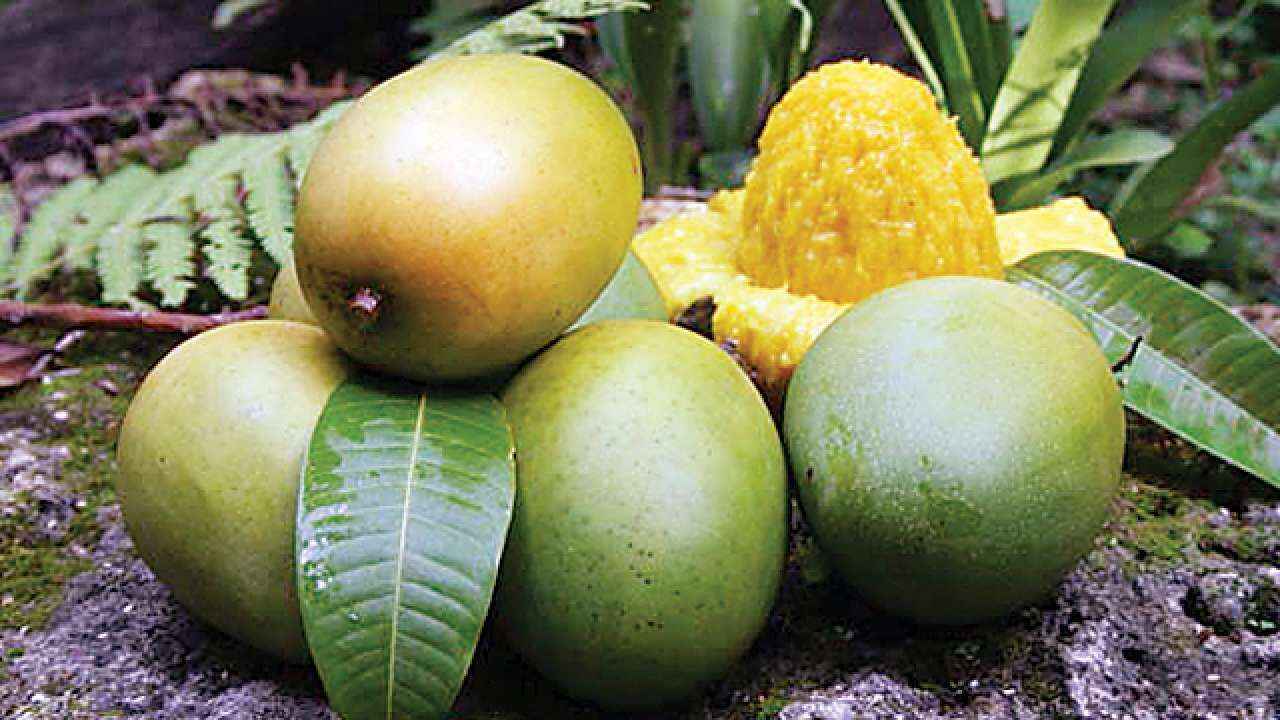
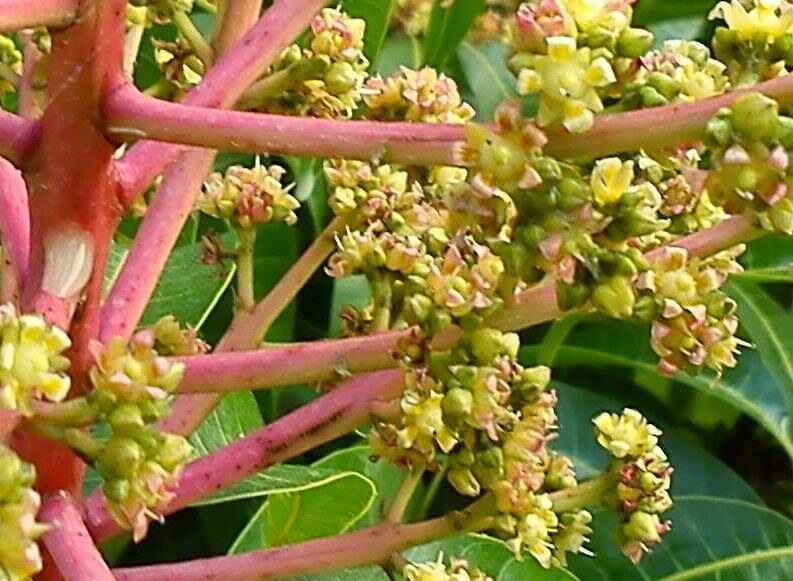
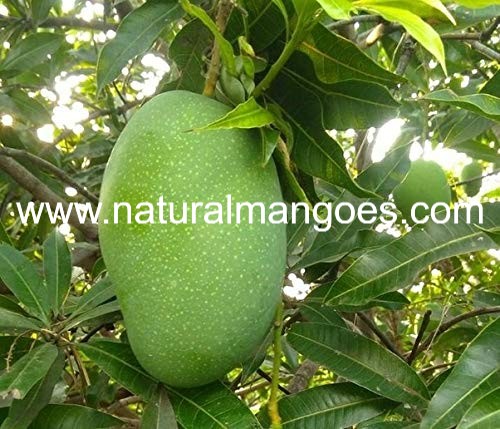
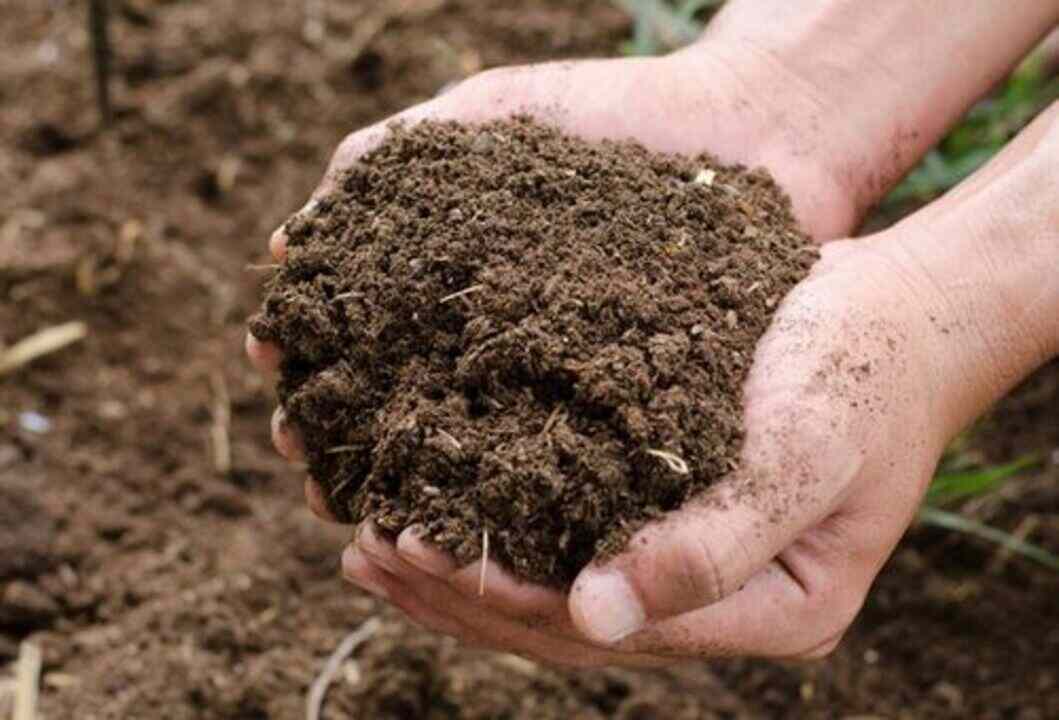
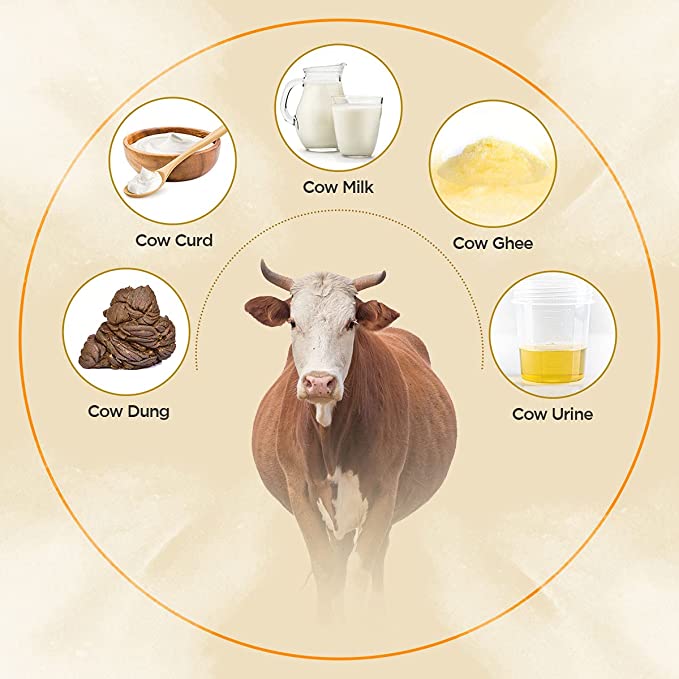
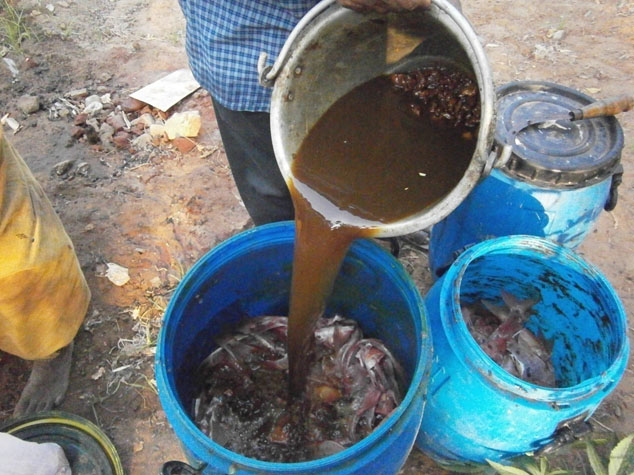
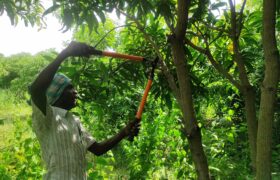
Very good information regarding pruning og Mango Trees.